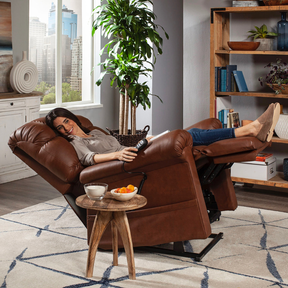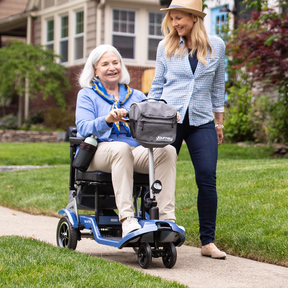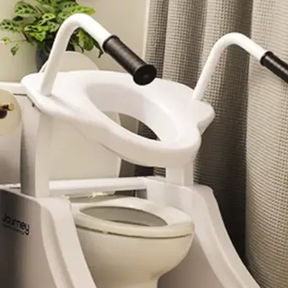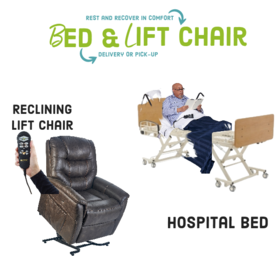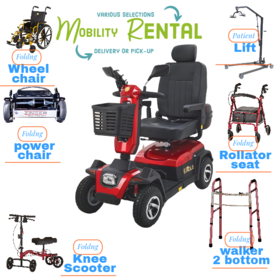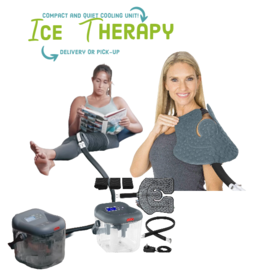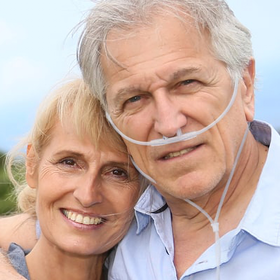Blog How does a compression stocking improve Tissue Oxygen Saturation?
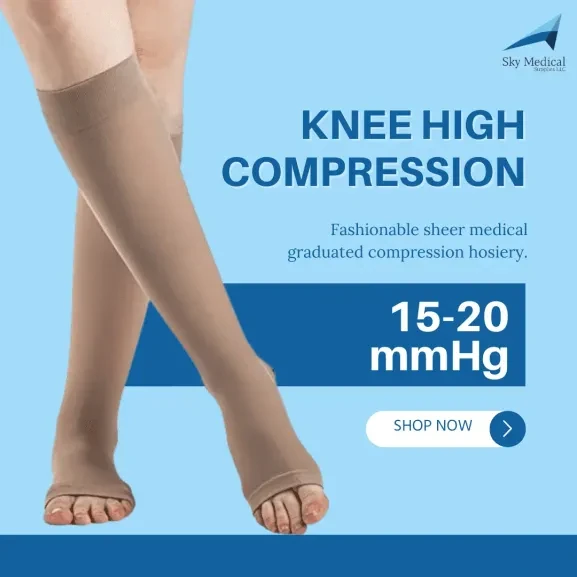
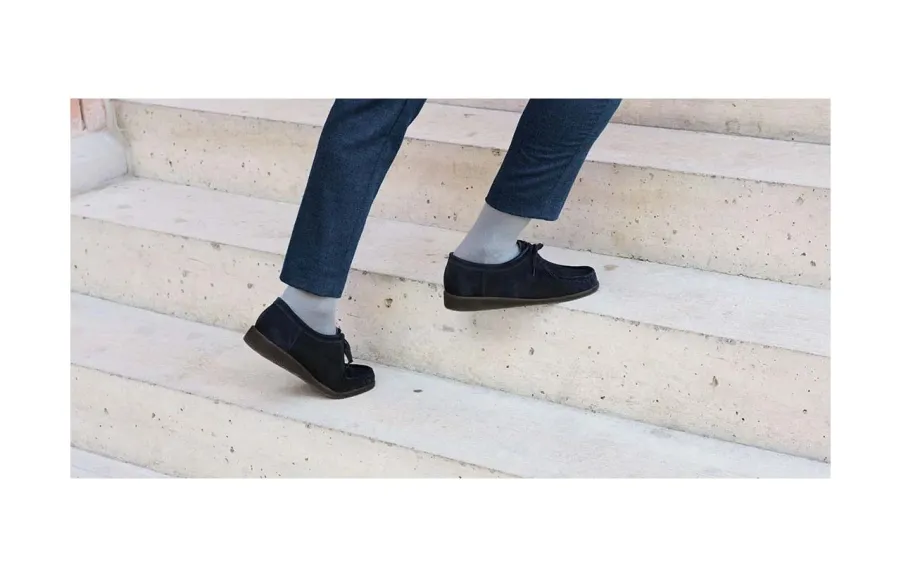 Many health conditions can be prevented and improved by wearing specialized compression socks besides keeping your feet warm and dry. A compression sock is a specialized pair of socks that applies gentle pressure to your legs and ankles. Improving blood flow from your legs to your heart can help you feel better.
Many health conditions can be prevented and improved by wearing specialized compression socks besides keeping your feet warm and dry. A compression sock is a specialized pair of socks that applies gentle pressure to your legs and ankles. Improving blood flow from your legs to your heart can help you feel better.
You can benefit from compression socks if you need to improve your endurance, performance, or recovery. Use compression socks if you walk, ski, bike, or spend much time on your feet.
The compression socks reduce fluid accumulation in the lower extremities by increasing blood flow to the legs and feet and increasing tissue oxygen saturation. Furthermore, improved saturation enhances oxygen and nutrient delivery to muscles and decreases muscle recovery time. When compressed, your muscles may also be supported structurally, and vibrations from impacts may be reduced. You may be at lower risk of injury and muscle fatigue with intense activities if you have added support and reduced impact vibration.
A circulatory system includes your heart, arteries, and veins. As blood passes through your arteries and returns to your heart through veins, your heart pumps it throughout your body.
Your arteries are composed of natural elastic fibers that help to push blood from your heart to your tissues quickly. The veins are less flexible than arteries, and blood returns to the heart through muscle compression. In response to muscle contraction, your veins are squeezed, redirecting blood to your heart.
Compression socks basics
There are many online retailers and pharmacies where compression socks can be bought. You may need a prescription from your doctor and a professional fitting for the compression sock you select to achieve optimal results.
Compression socks or stockings come in three main types:
Graduated compression stockings:
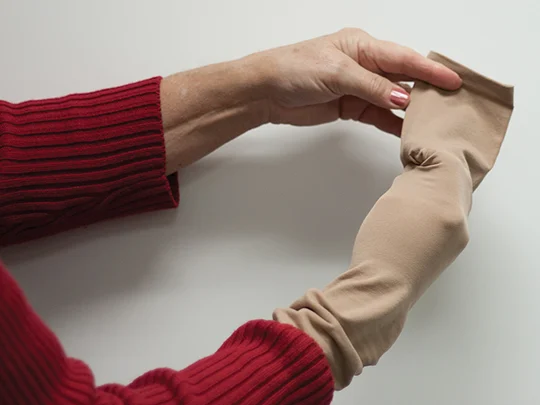
A compression stocking of this type offers the strongest compression at the ankle and gradually decreases as it reaches the knee. The doctor may recommend this type if you have peripheral edema or orthostatic hypotension. Most graduated compression stockings require the prescription of a physician and professional fitting.
Anti-embolism stockings:
Not mobile people will also benefit from this type of stocking, which has graduated compression from the ankle upwards. By wearing anti-embolism stockings, you can reduce the risk of developing deep vein thrombosis. Additionally, doctors usually prescribe anti-embolism stockings and fit them professionally.
Nonmedical support hosiery:
Compression stockings of this type are available at most pharmacies without a prescription. Compression hosiery can relieve tired, achy legs by providing the same compression level throughout.
How Compression Socks Work:
The socks assist the heart in pumping blood back to it. Better circulation in your lower extremities helps you maintain a proper fluid balance and reduce swelling in your legs and ankles. As a result of improved circulation, people with knee and ankle pain are less likely to experience heavy, achy pains after being on their feet all day. Several studies have shown that increased blood and lymph circulation reduces muscle soreness and perceived fatigue in muscles.
A significant increase in tissue oxygen saturation was observed in all compression sleeves, and the highest compression pressures were associated with the most effective increases.
Why Compression Socks Are Beneficial for Tissue Oxygen Saturation:
Wearing compression socks has specific benefits. Most research indicates that the feet, ankles, and lower legs benefit directly from improved blood and lymph circulation.
You may notice an accumulation of fluid in your legs after a hard training session. A pair of socks facilitates the circulation of additional fluid after a challenging exercise session and assists in the recovery process. Increased oxygen saturation in tissues contributes to a shorter recovery time. According to the data, a 6-22% increase in saturation can be achieved depending on the socks used.
Compression garments for the lower legs increase venous return and reduce venous pressure. The process of venous emptying can enhance the gradient between the arteriovenous and arterial pressures, thereby increasing arterial flow, oxygen supply, and tissue oxygen saturation. Several factors, including the myogenic response, may contribute to a higher tissue oxygen saturation. An increase in the transmural vessel pressure gradient causes the arterial vessels to dilate. Using sleeves reduces the transmural pressure gradient of arterial vessels by applying pressure to the tissue. It is also important to consider changes in skin blood flow. The temperature changes and pressure-induced dilation of the skin may contribute to the effect of compression sleeves on cutaneous tissue oxygen saturation, as shown in previous studies.
Furthermore, compression socks may relieve shin splints, muscle cramps, and Achilles tendonitis symptoms. You may be able to experience reduced pain and discomfort as a result.
How Should Compression Socks Feel?
This is normal if you have trouble putting on compression socks. It would help if you tried several pairs since they are available in various sizes and pressures measured in mmHg. After you adjust to how your legs feel, it may take a while for them to feel comfortable. Ideally, they should be snug but not painful when they are fitted properly. Around your ankles, you should feel a bit tighter, and around your calves, you should feel less tight. The toes and feet on your feet shouldn't feel numb or cold or appear discolored.
Tips for wearing compression socks
Putting compression socks on
As with any socks, you should pull your compression socks over your foot and unroll your leg to put on your compression stockings. To make slipping on the compression socks easier:
- Mix talcum powder with water and apply it to your feet or legs.
- Ensure that the compression is dispersed throughout your legs and feet by pulling the compression sock up.
- Avoid bunching up your socks in any particular area. You should wear compression socks that fit securely and snugly over your skin without causing pain.
Taking care of your compression socks
Putting on the compression socks in the morning and taking them off before bed (unless prescribed otherwise by your doctor) will allow you to wear them all day. It may take some time to get used to wearing compression socks, but if they fit properly, they shouldn't cause excessive pain or discomfort while you wear them. If you wear compression socks regularly, you should buy at least two pairs to wash and dry them between uses.
Bottom line
Various brands of compression sleeves provide different oxygen saturation levels to tissues—a higher compression pressure correlated with higher tissue oxygen saturation compared to a lower compression pressure.
If you engage in any daily activity, consider using pressure socks. Wearing compression stockings daily to improve your lower extremities' circulation and promote better health is beneficial.
Tags
- contest
- event
- supplies
- design
- brand
- video
- Compression
- upright walker
- four wheel walker
- rollator
- wheelchair
- Ostomy
- elegantly
- elegantly
- accessibility
- Mobility
- knee walker rental
- knee scooter sales
- knee scooter
- post operative shoe
- anti-embolic stockings
- pain management
- cryotherapy therapy
- hot cold compress
- compression stockings
- lift chair
- wound Care
- air purifier
- fall prevention
- cushion
- oxygen therapy
- cpap, bipap
- Hospital Bed
- Life Aide
- EMS
- recovery
- splint
- knee brace
- Bathroom
- patient lift
- medical supply
- Wound dressings
- Lightweight Wheelchair
- hospital beds for sale
- sky medical supplies rentals
- compression socks
- Adult Diapers
- Rollator Walker
- Bed Wedge Pillow
- Hospital beds
- Patient Lifts and Slings
- Portable Oxygen Concentrator
- Patient Lift Slings
- knee scooter rental
- folding mobility scooter
- mobility scooter
- medical shoes
- raised toilet seat
- hospital beds for rent
- lift chair recliner
- chair lift
- electric wheelchair
- Power Lift Recliners for Elderly
- Senior Walkers
- Bedside Commodes
- whill wheelchair
- compression hose
- Whill Electric Wheelchairs
- Bariatric Wheelchair
- Recliner Chairs with Lift
- Colostomy Bag
- Crutches
- Medical Wedge Pillow
- skin barrier tape
- Post Surgery Ice Machine
- Bedside Commode
- chair lift recliners
- cane holder scooter
- lift chair prices
- drop arm commode
- rollator walker with ergonomic seats
- Hospital Bed Rental
- Wheelchair Tray
- Golden Technologies Lift Chair
- Nova GetGo Junior Rollator
- power lift recliners
- Knee Scooters and Crutches:
- stand up walker for seniors
- stand up walker as seen on TV
- Women's Walking Canes
- Knee Immobilizers
- Bed Wedge Pillow
- Medical Supply Stores
- Sit to Stand Lifts
- Grab Bars
- Compression Gloves
- incontinence bed pads
- Lift Reclining Chair
- Knee Walker Scooters
- Hernia Belt Near You
- Mobility Scooter Stores Near Me
- Folding Knee Walker
- Oxygen Concentrator Store
- Inogen Battery
- Electric Bed Frames
- Placing Lift Chair
- diaper brief
Related Posts
Get weekly articles in your inbox on the latest medical supply news, exclusive deals, and helpful health tips.
